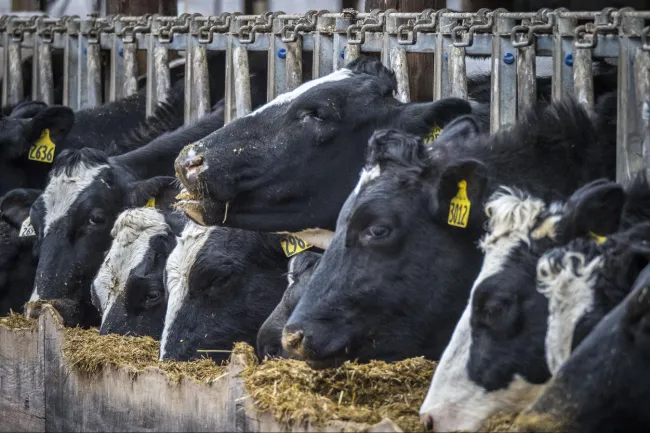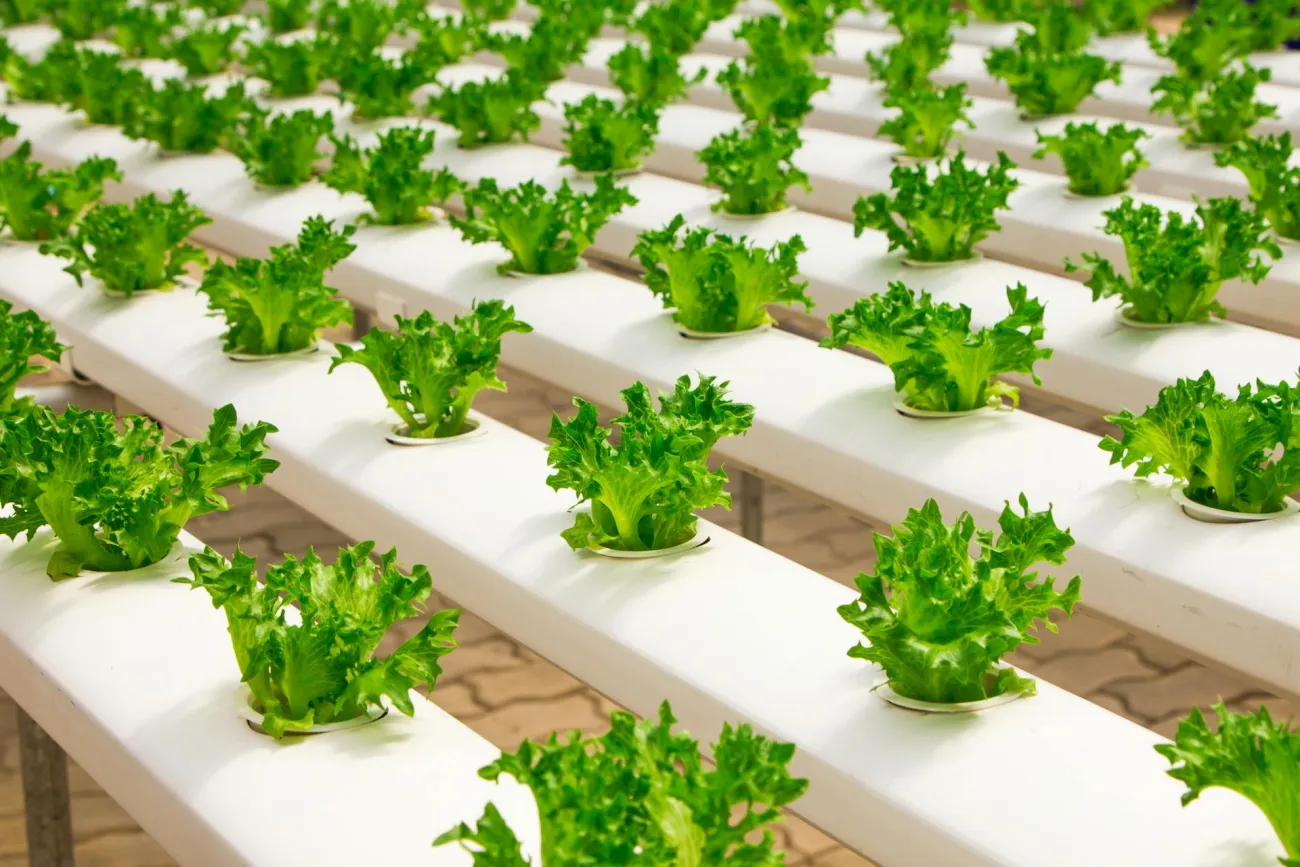The Protein Challenge 2040's new report, 'The feed behind our food', sets out why retailers and food service businesses should act on sustainability in animal feed.

The report gives three main reasons to act:
- Food security is at threat. Meat, fish and dairy production are all projected to grow, requiring 280 million extra hectares of land by 2030.
- Changing public attitudes mean that customers are aware of the impacts of animal feed production and seek transparency in supply chains.
- There is a business opportunity for companies to secure their own supply chains, diversify into alternative animal feeds and position their brand as ethical and future-oriented.
The report details some of the impacts that producing feed for animals has. Nearly half of global farmland is used for livestock feed production, including 31% of land used to grow cereals. Expansion of farmland destroys natural habitats. Livestock causes 14.5% of global greenhouse gas emissions, 45% of which is from feed production and processing. Fish fed to animals can contribute to overfishing. 98% of water consumption in animal production is for the irrigation of feed crops.
Based on interviews with industry stakeholders, the report sets out criteria for sustainable animal feed. (NB: If you want to give feedback on the criteria, you can email Simon Billing at s.billing@forumforthefuture.org.) The criteria are:
- Restorative land use and biodiversity practices
- Minimises greenhouse gas emissions
- Takes a ‘circular’ approach
- Minimises pollution
- Minimises fish stock depletion
- Supports human rights and welfare
- Minimises freshwater consumption
- Promotes animal health and nutrition
- Financially viable
Companies can take action on sustainable animal feed by getting to know their supply chain and setting goals for improving animal feed sustainability.
Examples of innovations in animal feed that are already being used include:
- Using insects to convert waste food into proteins that can be fed to animals
- Methane-eating bacteria
- Oil from algae to replace fish oil
- Amino acid supplements to reduce the amount of animal feed required
Download the full report here.
See also the FCRN publication Livestock, feed and food security, entries on animal feed in the FCRN research library and the Foodsource chapter on livestock.




Comments (0)